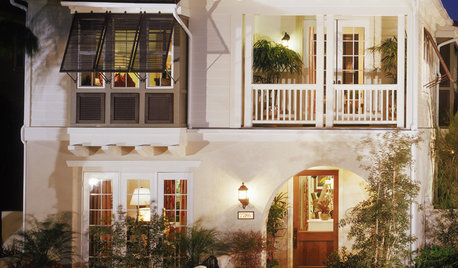Condensation problem in AC ducts in winter
jb96
13 years ago
Featured Answer
Sort by:Oldest
Comments (7)
juliekcmo
13 years agolast modified: 9 years agojb96
13 years agolast modified: 9 years agoRelated Professionals
Lomita Solar Energy Systems · Richmond Solar Energy Systems · Brookfield Home Automation & Home Media · Castle Rock Home Automation & Home Media · Fayetteville Home Automation & Home Media · New York City Home Automation & Home Media · Philadelphia Home Automation & Home Media · Pittsburgh Home Automation & Home Media · Springville Home Automation & Home Media · Centennial Fireplaces · Knoxville Fireplaces · League City Fireplaces · North Aurora Fireplaces · Olathe Fireplaces · San Tan Valley Fireplacessniffdog
13 years agolast modified: 9 years agobusboy
13 years agolast modified: 9 years agobrickeyee
13 years agolast modified: 9 years agoHU-862353278
2 years ago
Related Stories

REMODELING GUIDESThe Hidden Problems in Old Houses
Before snatching up an old home, get to know what you’re in for by understanding the potential horrors that lurk below the surface
Full Story
HOUSEKEEPING10 Problems Your House May Be Trying to Show You
Ignore some of these signs and you may end up with major issues. We tell you which are normal and which are cause for concern
Full Story
MOST POPULAR5 Ways to Hide That Big Air Conditioner in Your Yard
Don’t sweat that boxy A/C unit. Here’s how to place it out of sight and out of mind
Full Story
LIFE6 Ways to Cool Off Without Air Conditioning
These methods can reduce temperatures in the home and save on energy bills
Full Story
HOUSEKEEPINGLower Your Heating Bills With Some Simple Weather Stripping
Plug the holes in your house this winter to make sure cold air stays where it belongs: outside
Full Story
MONTHLY HOME CHECKLISTSYour Fall Home Maintenance Checklist
Prep your house and yard for cold weather with this list of things to do in an hour or over a weekend
Full Story
HOUSEKEEPING5 Steps to Improve Your Heating System Now
Increase your heater's efficiency and safety for lower energy bills and greater peace of mind this winter
Full Story
DECORATING GUIDES10 Ways to Hide That Air Conditioner
Feeling boxed in designing around your mini-split air conditioner? Try one of these clever disguises and distractions
Full Story
HEALTHY HOMEGet Cleaner Indoor Air Without Opening a Window
Mechanical ventilation can actually be better for your home than the natural kind. Find out the whys and hows here
Full Story
ARCHITECTURETime-Tested, Low-Tech Ways to Cool a Home
People have been beating the heat around the world for centuries without plugging anything in. Could these ideas work for your home today?
Full StoryMore Discussions






sniffdog